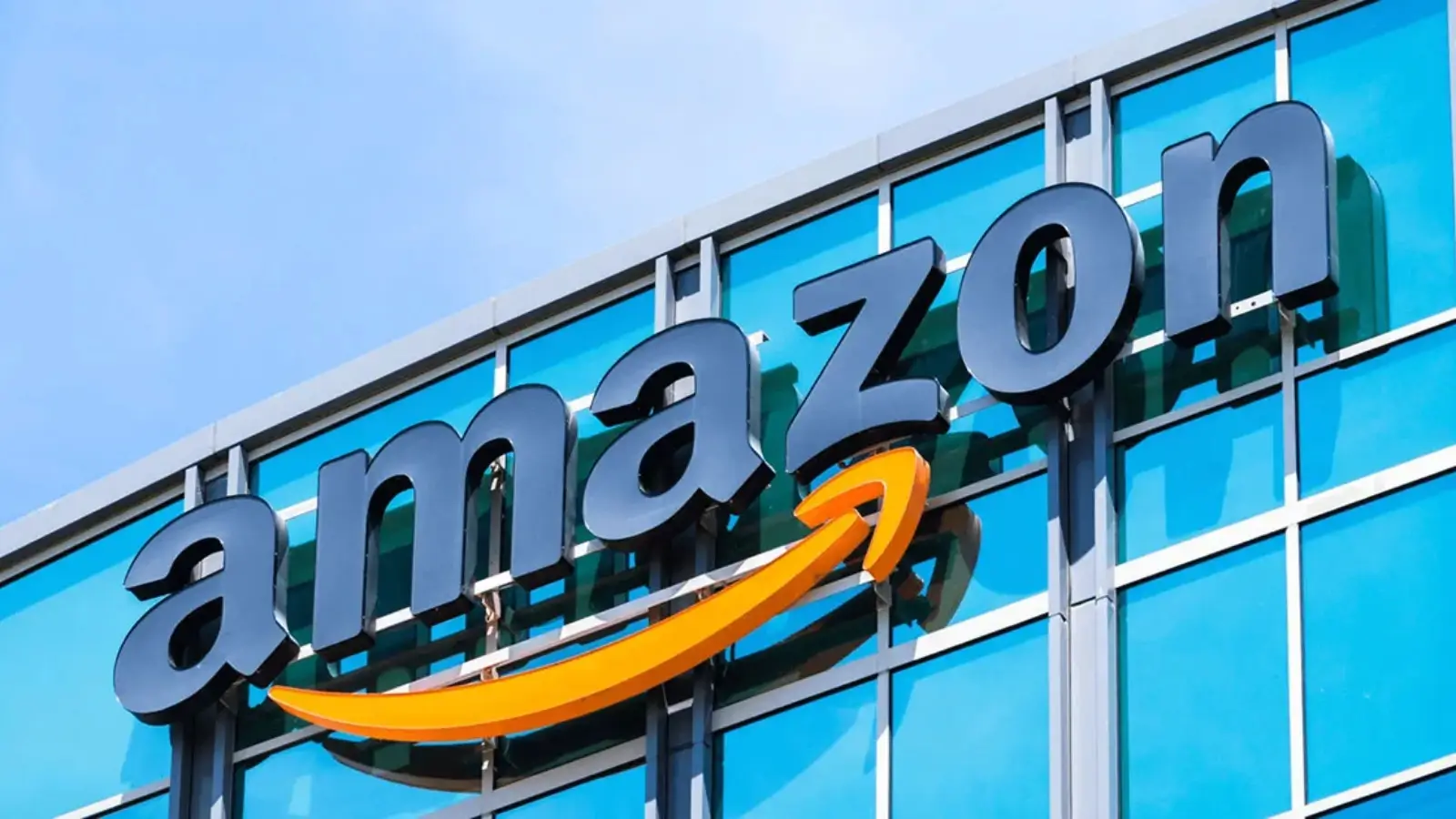


These days, success for direct-to-consumer (DTC) brands isn’t limited to just owning your website. If you’re not scaling on Amazon, you’re missing out on a marketplace where over 2 billion monthly visitors come with strong buying intent. But while the potential is massive, many brands get lost trying to navigate Amazon’s complexity alone. From listing optimization to product ranking, and from backend compliance to global expansion—Amazon demands a focused strategy, not guesswork.
That’s why smart founders are turning to a full Amazon management service to handle the heavy lifting. beBOLD Digital offers exactly that—an end-to-end solution designed to position your brand for growth in the world’s biggest online marketplace.
So how do you craft an amazon brand growth strategy that actually scales? Let’s break it down.
It’s tempting to copy-paste your Shopify game plan onto Amazon. But the two channels operate on different rules. Unlike your owned channels, Amazon is its own ecosystem—complete with search algorithms, competitive pricing dynamics, customer reviews, and fulfillment expectations.
Your growth model must take into account both front-end and back-end operations. Without alignment between marketing, logistics, and product data, your listing could flop even if you have a top-tier product.
Think of Amazon not just as another sales channel, but as a search engine where visibility is earned through strategic actions like proper listing management, review generation, and inventory planning.
The shift starts with understanding that on Amazon, you’re renting shelf space—not owning it. Your product is surrounded by competing listings, often on the same page. That’s why your strategy must be obsessed with visibility and conversion.
You don’t have to guess what works. Amazon provides rich insights into search terms, click-through rates, and customer behavior. Your growth strategy should be data-led—adjusting titles, bullets, pricing, and ads based on real-time performance.
You can’t win in search or sales without nailing your listing management. This is your storefront, your sales pitch, and your first impression—all in one.
Your product title and bullets should include high-converting keywords your audience is actually searching for. But avoid keyword stuffing—write for humans first, then optimize for Amazon’s A9 algorithm.
Shoppers buy with their eyes. That means clean product photography, engaging videos, and A+ content that adds brand storytelling. Adding lifestyle shots and comparison charts can boost time on page and increase conversions.
Your backend setup affects indexing and eligibility for promotions. Set up parent-child variations properly, fill out hidden keywords, and make sure your product complies with Amazon's ever-changing listing policies.
Without visibility, you don’t get sales. To win at product ranking, you need a launch strategy that builds momentum early.
Amazon rewards sales velocity. Early-stage PPC campaigns, discount codes, and giveaways can drive the kind of traffic and conversions that tell Amazon your listing deserves to rise in the rankings.
Sending traffic from outside Amazon—like social media, influencers, and email marketing—does more than bring sales. It also improves your organic ranking by signaling high engagement and purchase intent.
Without reviews, you're invisible. Create a review generation strategy that stays within Amazon's guidelines—using programs like Vine or post-purchase follow-ups. A product with 50 reviews is exponentially more credible than one with five.
Once you’ve found product-market fit and built some traction, it’s time to think bigger. Sustainable amazon expansion isn’t just about launching more products—it’s about scaling your operations and reach.
Stockouts kill ranking. On the flip side, overstocking hurts cash flow. Use demand forecasting tools to strike the right balance. And make sure your FBA fees aren’t quietly eating into your margins.
Amazon isn’t just .com. With the right setup, you can expand into Canada, UK, EU, and even the Middle East. But each region has its own logistics, compliance, and language considerations.
Enroll in Brand Registry to unlock enhanced features like A+ content and brand analytics. It also helps you monitor counterfeit products, unauthorized sellers, and abusive reviews.
Scaling blindly is dangerous. Set clear KPIs to track progress, adjust your approach, and avoid wasting ad spend.
How many visitors actually buy? Are your organic sales growing faster than paid ones? Are your ads profitable based on your break-even ACOS? These are questions your strategy must answer monthly.
From Helium 10 to Jungle Scout to Amazon’s own Brand Analytics, tools can help you track competitor movement, keyword shifts, and market trends. The right tool stack gives your team—or agency—the agility to pivot fast.
If you’re only reacting to what’s happening on Amazon, you’re already behind. The most successful DTC brands use a proactive, data-backed strategy to guide every move—whether that’s launching a new SKU, expanding to Europe, or testing a new ad format.
One major mistake? Doing everything in-house without the bandwidth or expertise. Partnering with a full Amazon management service ensures that every element—product ranking, listing management, and amazon expansion—is aligned to drive long-term success.
So, what’s your next move? Whether you're new to Amazon or already stuck on a plateau, it’s time to re-evaluate your growth model and ask:
Is your Amazon strategy built to scale—or just survive?